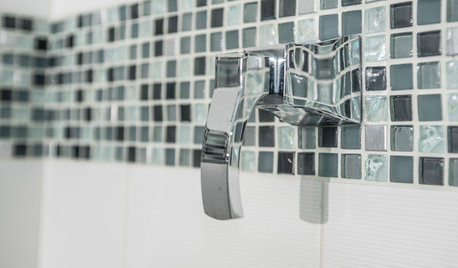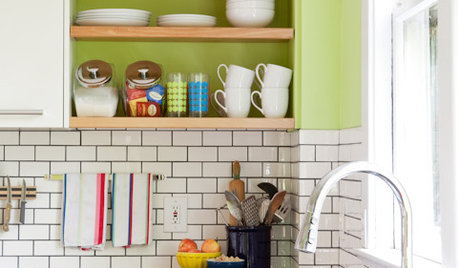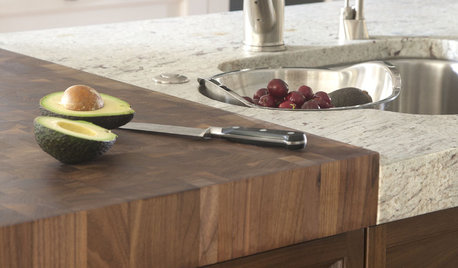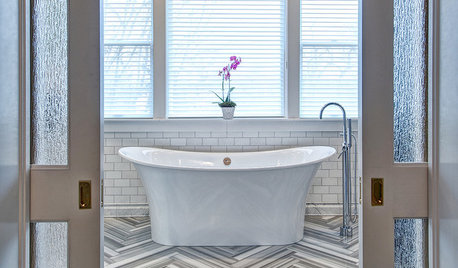Grout width with modern vein cut marble?
asharding Harding
10 years ago
Featured Answer
Sort by:Oldest
Comments (13)
sserra85
10 years agopharaoh
10 years agoRelated Professionals
Clute Kitchen & Bathroom Designers · Soledad Kitchen & Bathroom Designers · United States Kitchen & Bathroom Designers · Idaho Falls Kitchen & Bathroom Remodelers · Luling Kitchen & Bathroom Remodelers · Atlanta Glass & Shower Door Dealers · Carol City Glass & Shower Door Dealers · Fort Myers Glass & Shower Door Dealers · Newport Beach Glass & Shower Door Dealers · San Bernardino Glass & Shower Door Dealers · Spring Glass & Shower Door Dealers · Springville Glass & Shower Door Dealers · Eureka Cabinets & Cabinetry · Brenham Window Treatments · Phoenix Window Treatmentscat_mom
10 years agocatbuilder
10 years agoikea_gw
10 years agoenduring
10 years agoChristaM
10 years agoasharding Harding
10 years agocat_mom
10 years agoasharding Harding
10 years agocat_mom
10 years agoStoneshine
10 years ago
Related Stories

MATERIALS10 Modern Marble Looks
Marble has broken free of the standard kitchen countertop slab and is showing up on bathtub backsplashes, modern dining tables and more
Full Story
BATHROOM DESIGNConvert Your Tub Space Into a Shower — the Tiling and Grouting Phase
Step 3 in swapping your tub for a sleek new shower: Pick the right tile and test it out, then choose your grout color and type
Full Story
REMODELING GUIDESArtistic Carvings Make for Cutting-Edge Architecture
Modern architecture makes room for decoration with artistic designs carved into exterior concrete and interior wood
Full Story
REMODELING GUIDESCarrara vs. Calacatta Marble: What Is the Difference?
The answer is in the color and veining of these popular Italian marbles
Full Story
REMODELING GUIDESWhy Marble Might Be Wrong for Your Bathroom
You love its beauty and instant high-quality appeal, but bathroom marble has its drawbacks. Here's what to know before you buy
Full Story
TILE3 Key Steps for Grouting That Looks Its Best
Get your grout right to keep your tile beautiful and for an installation that will last
Full Story
KITCHEN DESIGNSubway Tile Picks Up Gray Grout
Heading into darker territory, subway tile offers a graphic new look for kitchens, bathrooms and more
Full Story
KITCHEN DESIGNKitchen Counters: Try an Integrated Cutting Board for Easy Food Prep
Keep knife marks in their place and make dicing and slicing more convenient with an integrated butcher block or cutting board
Full Story
BATHROOM DESIGNArt Deco Style Meets Modern Sensibility in a Glamorous Master Bath
With a freestanding tub, meticulously cut tiles and a spacious walk-in shower, this St. Louis bathroom blends elegance and functionality
Full Story
HOUSEKEEPINGHow to Clean Marble Countertops and Tile
Acidic solutions can damage your marble surfaces. Here’s how to keep marble looking clean and amazing
Full StorySponsored
Your Custom Bath Designers & Remodelers in Columbus I 10X Best Houzz
More Discussions










asharding HardingOriginal Author